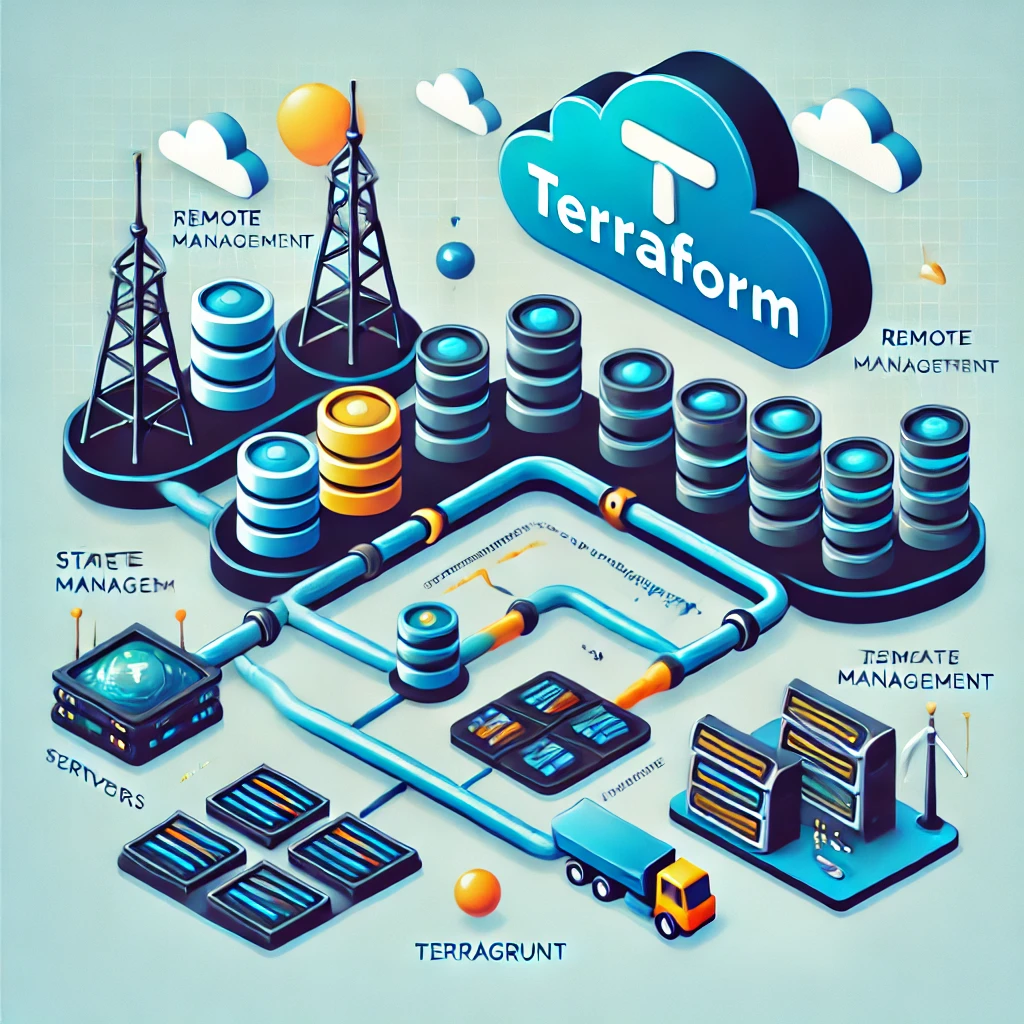The Psychology of Booms, Busts, and the Hardwired Nature of Followers

The cyclical nature of economic booms and busts is well-documented throughout history. Despite repeated lessons, markets continue to experience periods of irrational exuberance followed by painful corrections. At the heart of this cycle is a fundamental human tendency—our proclivity to follow trends without critical evaluation.
Economic booms often begin with a justifiable thesis. Whether it’s the transformative power of the internet in the late 1990s, the boundless potential of real estate in the early 2000s, or the promise of AI today, these narratives initially have merit. However, they become particularly dangerous when they are accepted uncritically by investors. Once a thesis is widely embraced without skepticism, it fuels speculative excesses. Investors, caught in the momentum, normalize extreme valuations and behaviors.
This acceptance leads to complacency. Investors justify excessive risk-taking by pointing to historical price trends rather than underlying fundamentals. The result? When reality fails to meet expectations, markets unravel, often violently. Booms turn into busts, leaving behind economic and psychological scars.
One of the most puzzling aspects of financial markets is why so many intelligent professionals—people trained in rigorous analysis—still fall into the trap of herd behavior. The answer may be deeply ingrained in human psychology and even our evolutionary history.
For most of human history, our ancestors lived in small hunter-gatherer bands, where survival depended on cooperation. A group could sustain only one dominant leader; too many leaders would lead to conflict, threatening the entire group’s survival. Over thousands of years, natural selection may have favored the dominance of followers over leaders. Those who challenged authority too frequently risked being ostracized, exiled, or even eliminated.
Leaders, by their very nature, seek control. Throughout history, rulers have gone to extreme lengths—murdering rivals, including their own family members—to consolidate power. As a result, the genetic pool may have been shaped in such a way that leadership remained a rare trait. The overwhelming majority of humans evolved as followers, seeking security in the consensus of the group rather than independent action.
If this hypothesis holds, then the tendency to follow trends uncritically may be more than just a learned behavior—it may be hardwired into our DNA. Even highly intelligent individuals can struggle to break free from this instinct. Recognizing a trend is one thing; resisting the social and psychological forces that drive group behavior is another.
Markets reflect these dynamics. It takes extraordinary conviction to stand apart from the crowd, especially when the crowd is making money. Few investors are willing to endure the isolation that comes with challenging prevailing wisdom, especially in the midst of a speculative frenzy. As John Maynard Keynes famously observed, “The market can stay irrational longer than you can stay solvent.”
If leadership is indeed a genetic rarity, it helps explain why so few investors can consistently go against the grain. Many professionals are aware they are following trends, yet they find themselves unable to do otherwise. The ability to stand alone, to challenge market consensus, is not just a matter of intelligence or training—it is a matter of psychological and possibly even genetic predisposition.
The irony, of course, is that the greatest investment opportunities often lie in going against the herd. As Warren Buffett puts it, “Be fearful when others are greedy and greedy when others are fearful.” However, history suggests that most investors will continue to do the opposite—succumbing to the seduction of booms and the panic of busts.
If we accept that following is a deeply ingrained human trait, how can investors avoid becoming victims of market manias? The key lies in developing a structured, disciplined approach to decision-making:
- Critical Thinking: Always question prevailing narratives. Just because a trend is popular does not mean it is correct.
- Historical Perspective: Study past booms and busts. Patterns repeat, and understanding them can provide valuable insight.
- Independent Analysis: Rely on fundamentals, not just momentum. If an investment only makes sense because “everyone else is doing it,” that’s a red flag.
- Emotional Discipline: The greatest investors control their emotions. Fear and greed drive markets, but they do not have to drive individual decisions.
- Contrarian Mindset: Recognize that opportunities often arise when the crowd is wrong. Having the courage to act independently is rare but valuable.
Booms and busts are not just economic phenomena—they are deeply rooted in human psychology and possibly even in our evolutionary history. Most people are predisposed to follow trends rather than question them. This herd behavior fuels cycles of speculative excess and painful corrections.
Understanding this fundamental dynamic is crucial for investors who wish to break free from the cycle. While true leaders are rare, disciplined decision-making can help mitigate the risks of following the crowd uncritically. The past may not repeat exactly, but human nature remains constant—and that means the cycle of booms and busts will likely continue for generations to come.

